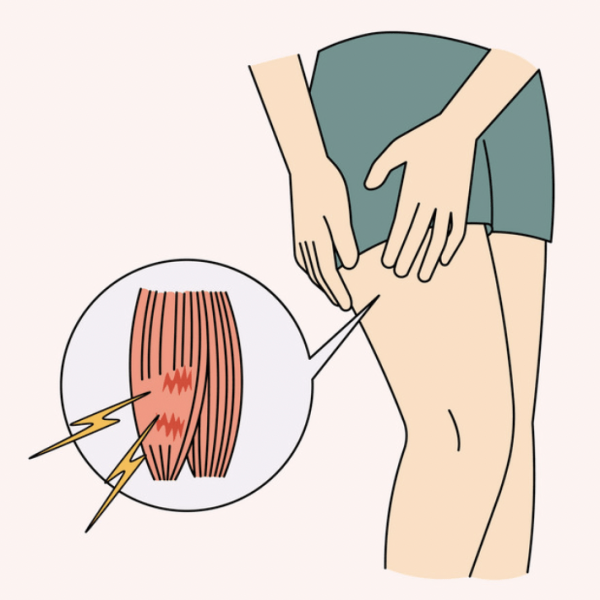Are you starving to lose weight? Tried all the fad diets on the market but can’t find one that suits you? Has your weight loss plateaued, and you think you couldn’t possibly eat less? Surely, you’ve heard of this popular diet that maybe you don’t quite completely understand yet even your favourite celebrities like Jennifer Aniston and the Kardashians seem to swear by – Intermittent fasting.
Intermittent fasting has stood the test of time as it continues to be one of the most medically backed and popular diets. A diet that might look complicated but is hardly rocket science. It is quite simple and has several proven health benefits right from weight loss, improved brain and heart function, and concentration boost, to even disease reversal.
What is intermittent fasting?
Eating is one of the most fundamental functions one performs in a day. On the flip side, fasting is considered just as crucial for maintaining a healthy body as eating. While many people observe fasts for religious reasons, there are also significant health benefits to intermittent fasting.
Fasting is not the same as starvation
Intermittent fasting is a modern dietary plan which is more about telling you when to eat rather than what to eat. In the simplest terms, you only eat at specific times. That is, alternating between fasting and eating windows by designating a window of a few hours when you can eat.
How to do intermittent fasting?
While four broad techniques can qualify as intermittent fasting methods, it is important to analyse your bodily requirements and identify which of these works for you. The most commonly followed is the first one:
Time-restricted eating method: Also known as the 16:8 or 14:10 method, this form of intermittent fasting requires one to set eating and fasting windows within 24 hours of a day. Hence you may fast for either 16 hours or 14 hours and resume your regular eating habits for the remaining 8 and 10 hours respectively. For example, You can eat only between 10 am and 6 pm or 9 am and 7 pm. This method is fairly easy to adapt to as people fast when they sleep. However, figuring out the timings of the windows that suit you may take a few days. But hey! The good news is that timings are customizable and can be modified to suit your preferences.
The twice-a-week method: Also known as the 5:2 method, this technique involves a 5 days eating and 2 days fasting approach. So, 5 days a week, you can maintain your normal dietary patterns. During the other 2 days, you have to consume only about 500 calories combined. These 500 calories can be divided into 200 and 300-calorie meals for each fasting day. Again, the day selection is at your discretion and can be fixed to suit your preferences.
The alternate-day fast: In this version, every other day is spent on a “tailored” fast. For instance, on fasting days, keep your daily calorie intake to 500, or roughly 25% of your regular intake. Resume your regular, healthy diet on days when you are not fasting. Stricter variants of this strategy include eating 0 calories on alternate days rather than 500 and observing a complete fast.
The 24-hour fast: Also known as the Eat-Stop-Eat technique, it entails a complete 24-hour fast. It’s usually only carried out once or twice per week. The fasting period, for instance, can be observed from breakfast on day one to breakfast on day two. A regular, healthy diet should be resumed on non-fasting days.

Foods to eat
During the window that you’ve set as your fasting window, you can still consume things like:
- Hot water with lemon and ginger: increases metabolism and reduces insulin level
- Zero-calorie drinks: black coffee, black tea
Foods to avoid
It is important to avoid foods and drinks that can break your fast. These may range from the simplest coconut water to complex sugary drinks. Remember anything that has Sugar, Carbohydrates, Proteins, Fatty acids, etc can break your fast. Here is a list of what you should steer clear of to undertake a successful fast-
- Milky coffee and tea: Milk and Sugar affect metabolism and blood sugar levels.
- Coconut water: contains carbohydrates
- Energy drinks: Although tempting, especially when you feel drained out during the fast, they are filled with calories and artificial sweeteners.
- Protein powder: comprises amino acids that trigger an increase in insulin levels, breaking a fast.
- Multivitamins: These contain minimal quantities of protein, glucose, and occasionally fatty acids.
- Freshly squeezed juices: high in fructose and carbohydrates
REMEMBER, MINDFUL EATING IS A LIFESTYLE CHOICE AND REMAINS RELEVANT TO ALL DIETS
Keep in mind, “eating normally” during non-fast periods does not mean bingeing on all the food that you missed out on during the fasting. Intermittent fasting will not be very effective If you fill your mealtimes with high-calorie junk and unhealthy food. Mindful eating must be practised during the non-fast periods and you should find joy in making your plate as nutritious and balanced as possible.
Health Benefits
Intermittent fasting improves disease biomarkers and lowers oxidative stress while enhancing learning and memory abilities. It can also help in improving other health conditions such as obesity, diabetes, irritable bowel syndrome, cardiovascular disease, cancers, and neurological disorders.
“SURE, I KNOW WHAT IT’S DOING NOW. BUT HOW IS IT DOING IT?”
Basically, during intermittent fasting, your body turns to its fat reserves for energy if you go 10 to 16 hours without eating, and fatty acids known as ketones are released into the bloodstream. This process is called Ketogenesis, which enhances the body’s defences against oxidative and metabolic stress and begins the disposal or mending of damaged molecules.
The effects of ketogenesis continue into the non-fasting period and can boost stress resistance, reduce inflammation, and regulate blood sugar by improving insulin sensitivity and reducing insulin resistance.
Side Effects
Like all good things in life, Intermittent fasting too comes with a list of pros and cons. It does have a few side effects, which vary from person to person, as listed below-
- Hunger
- Fatigue
- Insomnia
- Irritability,
- Decreased concentration
- Nausea
- Constipation
- Headaches.
Too good to be true?
However, most of these side effects are temporary and short-term. Intermittent fasting is a lifestyle change, and it takes a little while for the body to fully adapt to it.
Getting the vitamins and minerals your body requires may be challenging when the eating window is reduced. Therefore, during the non-fasting period, you must consume meals that are produced with high-quality, nutritious components, such as fruits, vegetables, whole grains, low-fat dairy, and lean protein.
Is it for you?
Experts suggest that people falling into any of the below categories should avoid intermittent fasting:
- People below 18 years of age
- Pregnant and lactating women
- People with eating disorders
- Diabetic patients (type 1) must consult their doctor before starting this routine.
Intermittent fasting should be looked upon as a lifestyle change more than a fitness trend. It has many benefits and is safe for most people. It can be a particularly successful method of weight loss when accompanied by discipline, a balanced diet that includes all major nutrient groups in the right amounts, and exercise.























Share this article